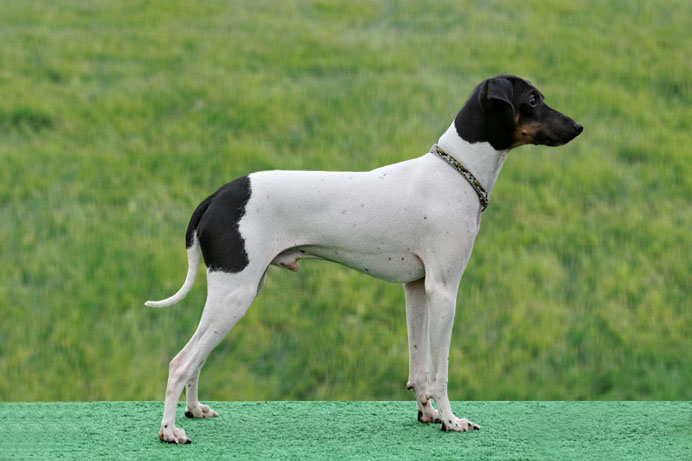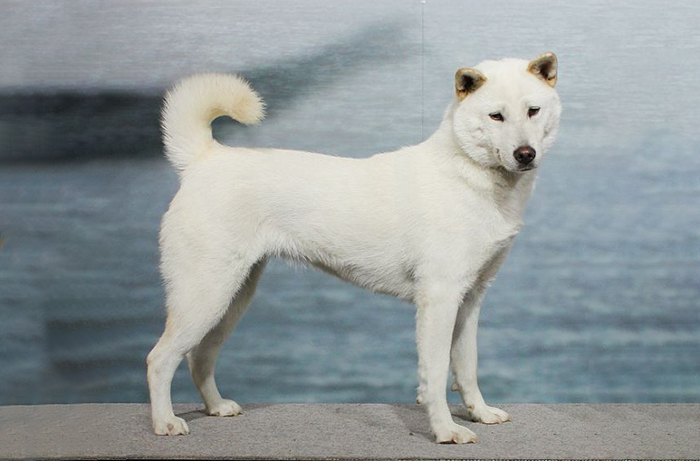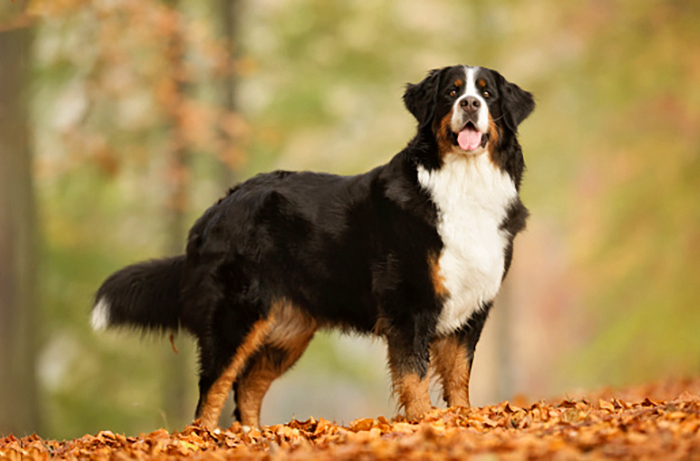Menu
ROTTWEILER
calm, confident, and courageousJust fill out your Name and the Email.
The message has already been written.
Note: We will send you a confirmation email right after you submit it. If you haven’t seen the confirmation email within 5 minutes even in spam. That means your typed email address has a typo. Please re-confirm your email and re-send it to us. Thank you!
Some FAQs about Rottweiler
Even Good With Young Children
A breed’s level of tolerance and patience with childrens’ behavior, and overall family-friendly nature. Dogs should always be supervised around young children, or children of any age who have little exposure to dogs
A breed’s level of tolerance and patience with childrens’ behavior, and overall family-friendly nature. Dogs should always be supervised around young children, or children of any age who have little exposure to dogs
They’re incredibly devoted, loyal, loving, intelligent, and protective. They make a wonderful addition to the family and they can be playful when they want to. Their docile nature paired with that astounding intelligence makes them an easy dog breed to house train.
Rottweilers can in fact be one person dogs, capable of developing a special bond with their favorite person. As natural protectors, Rotties will bond with every member of a loving family but can be encouraged to favor one in particular, especially if they see this person as leader of the house.
They are calm, quiet dogs. Rottweilers are not a vocal breed; indeed, many owners rarely hear their Rottweiler bark. They bark if there’s a reason to bark, but generally respond quietly to their environment.
Not recommended for first-time owners, the rottweiler needs extensive and continuous socialization to be a good family companion. However, this intelligent, confident dog is easy to keep in spite of the size.
According to the American Kennel Club (AKC), dogs typically live between 8-15 years. The Rottweiler life expectancy of 9-10 years is on the lower end of this range primarily because of its large size. But other factors can also affect the Rottweiler lifespan, including the dog’s gender and breeding.
On average, Rottweilers weigh 75 to 110 pounds, with some weighing up to 135 pounds. They typically stand 22 to 27 inches at the shoulder.
In fact, Rottweilers are considered one of the most intelligent breeds you can get. From nearly all aspects, Rotties dominate the competition in terms of intelligence, allowing it to be ranked as the 9th most intelligent breed.
Rottweilers, also known affectionately as Rotties, are one of the most popular dogs in the United States. They are well known to be powerful, protective, and loyal, famous for their instinct for guarding. But Rottweilers are also easily trained, making them loyal, loving, and confident guardians.
How to buy Rottweiler in Japan?
STEP 1: Contact Us via:
To get the fastest response, we recommend you message us via Whatsapp.
STEP 2: Tell us you want a Rottweiler and we are happy to hear more about other details like: gender, coat color, your expense, and your special request if you have one.
To save time, let fill out the form below with something like: Hello! or I need a dog. and that is enough to start our good cooperation.
*Please Note: It is difficult to know which breeder is trustworthy when you are in another country. But fortunately there are reputable associations that can guarantee the quality of breeders who are members of their association. These can be mentioned as Japan Kennel Club – JKC, The Kennel Club of Japan – KC or Nihonken Hozonkai – 日保 and many other associations (JABC, JCC, ICC, CPRO, JCU, KCP, ACC, CCJ, KCC, NMSA, WCA, JMSA, ZCC). Dogs and Cats sold by breeders belonging to these associations are always accompanied by a pedigree certificate.
JP-Pets will act on your behalf, carry out the necessary export procedures quickly, accurately and professionally to ensure that the dog can be delivered to your hands. About exporting methods, you can see more here: Exporting Methods.
Talk to us and get a free consultation from our experts.
ROTTWEILER
Rottweiler
Once used in southern Germany as a cattle dog, the Rottweiler has acquired an unfortunate image as a vicious guard dog and an intimidating status symbol. However, despite the breed’s great strength, impressive swagger, and easily aroused protective responses, the Rottweiler is not naturally ill-tempered. With thoughtful training from a firm and experienced owner, who is alert to potential triggers of aggression, this dog makes a calm and obedient companion. Rottweilers are more agile than their size and sturdy build might suggest, and appreciate plenty of vigorous exercise.
The Breed History
This Mastiff-type breed is thought to originate from the large drover dogs of Rome. The name of the breed derives from the German “das Rote Wil”, a name meaning “the red tile”, a reference to a building tile used in Roman structures which in addition to the Rottweiler dogs, were left behind in Germany. In the town named Rottweil, the breed thrived until cattle droving was outlawed. In the late 1800s there were few dogs left to represent the breed. Early in the 1900s breed resurgence was correlated with their new use as a police dog. The first stud book was put together in 1924. The first AKC studbook entry occurred in 1931.
Breeding for Function
These willing, dependable herding and guarding dogs were used by the Roman armies during their extensive war campaigns. Endurance, sure-footedness, strength and willingness to work characterized these dogs. Today, they are valued as companion dogs and police dogs.
Physical Characteristics
Height at Withers: female 22-25” (56-63.5 cm), male 24-27” (61-68.5 cm).
Weight: females 80-100 lb (36.5-45.5 kg), males 95-135 lb (43-61.5 kg).
Coat: There is only one coat color for the breed; black with rust marking. The inner coat is found on neck and the thighs, the outer coat lies down close to the skin and is hard and glossy. It is a dense coat, of medium to short length, with straight hairs.
Longevity: 12 years
Points of Conformation: Robust, compact constitution and black coloration with standard well-demarcated tan (rust to mahogany) markings characterize this breed. Males are distinctly more massive than females. This breed also has a characteristic long, swinging trot. The skull is very broad and somewhat arched between the ears, the head is large with heavy broad jaws, and the stop well defined. The eyes are dark brown, medium-sized, moderately deep set, and almond shaped. Ears are triangular, pendant and moderately sized so that the tips lie against the masseter muscle. The black nose is large and the lips are black. The neck is moderately short in length, well muscled and slightly arched without throatiness. The topline is level. The thorax is deep and broad, and the ribs well sprung. Slight tuck up in the abdomen is standard. In North America, the tail is normally closely docked. The tail is carried slightly above horizontal while moving. Limbs are straight and heavily boned. Feet are compact, and round with well-arched toes. Dewclaws may be removed. Nails are black and the pads are thick and tough.
Recognized Behavior Issues and Traits
Reported breed traits include: Intensely developed guarding instinct, protective of family and home, high intelligence with aloof, self-assured attitude, calm, though some lines have tendencies to aggressiveness or shyness. Regular grooming needs and moderate tendency to shed characterize this breed. Moderate exercise needs. Good for country or city. Moderate barking tendency, and a low digging tendency unless bored. They possess a mild tendency to drool. Slow to mature. Early and thorough socialization and obedience training is essential. High trainability is notable. Males are more likely to exhibit dominance or inter-male aggression. Need mental stimulation and close human contact to prevent boredom vices. Recommended for an experienced dog owner. Tolerance towards children is variable. Some do not recommend the breed for homes with toddlers or for the elderly or infirm. One reason is that the breed tends to “bump”, a behavior left over from the drover days, when the dog would use a body check to move livestock. A full-grown dog can knock even an adult down. Tend to obesity. If let off leash, should be in a securely fenced enclosure (6’ recommended). Tolerates cold weather but not heat.
Looking for more of other Dog breed information
JAPANESE TERRIER independent, active, crisp, and lively I <3 Japanese Terrier! The quick message here! Just …
HOKKAIDO DOG skilled hunter, devoted companion and trustworthy watchdog I <3 Hokkaido Dog! The quick messag …
SHIKOKU INU intelligent, loyal and alert I <3 Shikoku Inu! The quick message here! Just fill out your Name …
…
BERNESE MOUNTAIN DOG sweet, calm and easygoing I <3 Bernese Mountain Dog! The quick message here! Just fill …
<a class="" …






